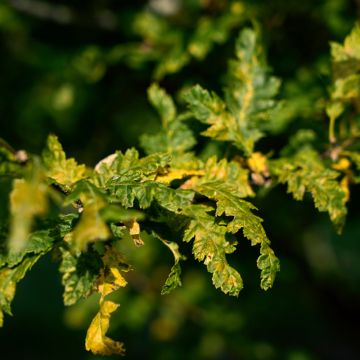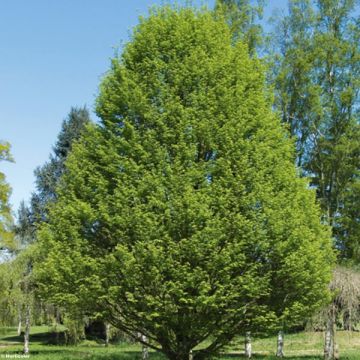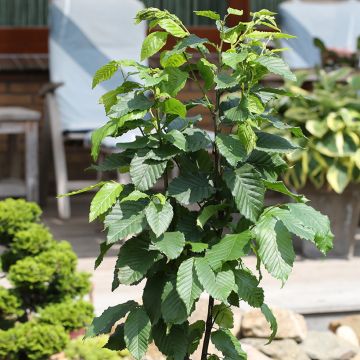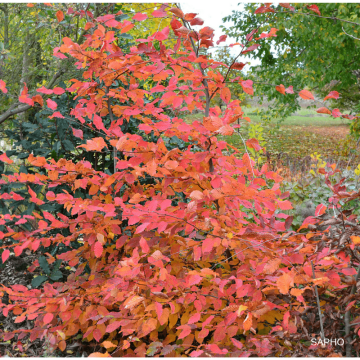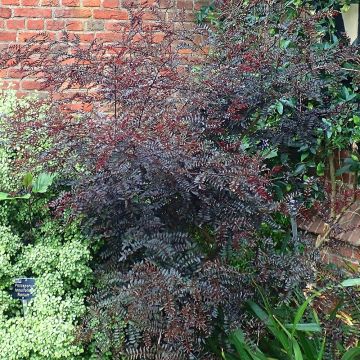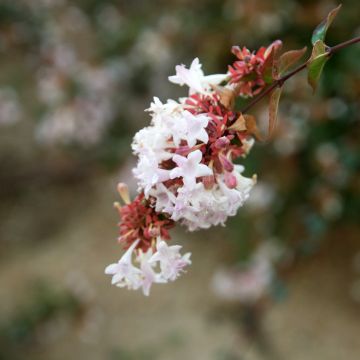

Carpinus betulus - Hornbeam


Carpinus betulus - Hornbeam


Carpinus betulus - Hornbeam
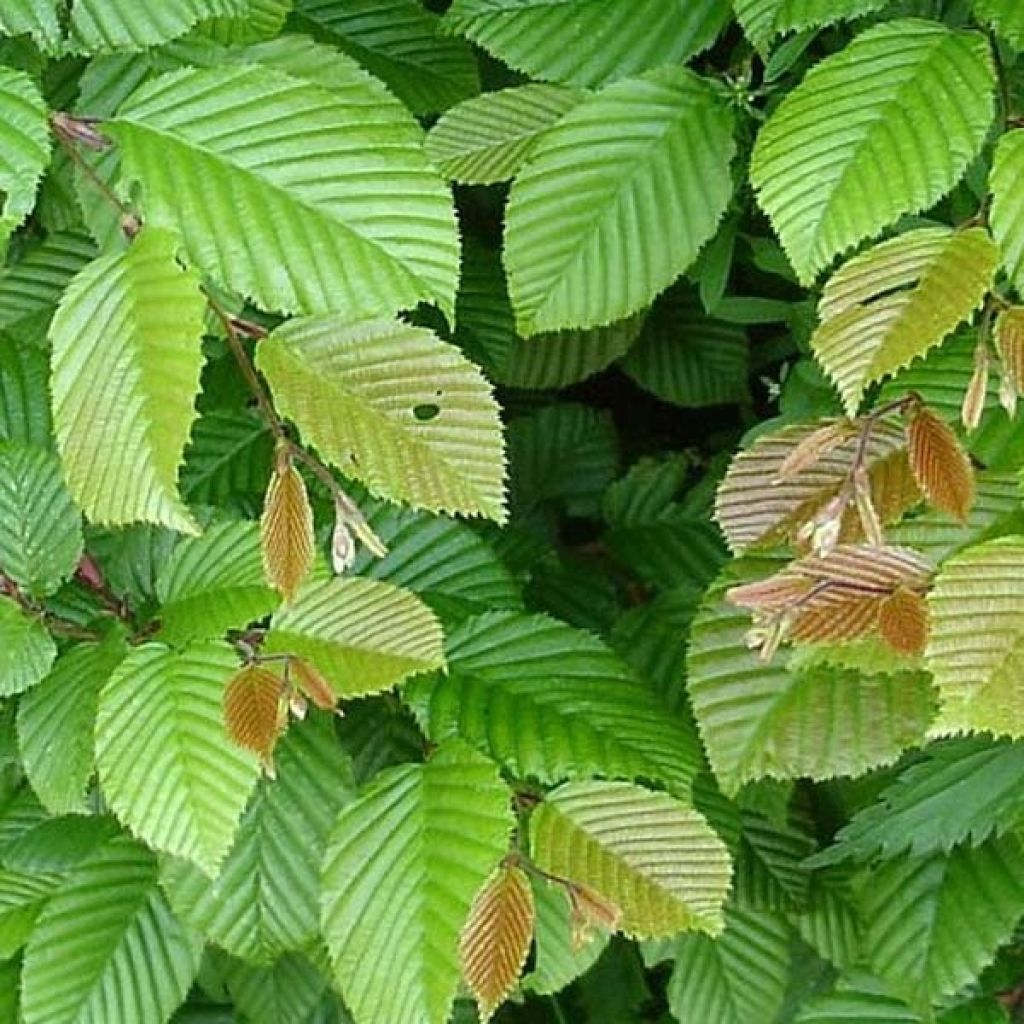

Carpinus betulus - Hornbeam


Carpinus betulus - Hornbeam
Carpinus betulus - Hornbeam
Carpinus betulus
Common Hornbeam
This item cannot be shipped to the selected country
Oversize package delivery charge from €6.90
Delivery charge from €5.90
Delivery charge from €5.90
Delivery charge from €5.90
Oversize package delivery charge from €6.90
Delivery to Corse prohibited
More information
Schedule delivery date,
and select date in basket
This plant carries a 24 months recovery warranty
More information
We guarantee the quality of our plants for a full growing cycle, and will replace at our expense any plant that fails to recover under normal climatic and planting conditions.
Oversize package: home delivery by special carrier from €6.90 per order..
Express home delivery from €8.90.
From €5.90 for pickup delivery and €6.90 for home delivery
Express home delivery from €8.90.
From €5.90 for pickup delivery and €6.90 for home delivery
Express home delivery from €8.90.
From €5.90 for pickup delivery and €6.90 for home delivery
Express home delivery from €8.90.
Oversize package: home delivery by special carrier from €6.90 per order..
Express home delivery from €8.90.
Delivery to Corse prohibited: UE law prohibits the import of this plant from mainland France to Corse as part of the fight against Xylella fastidiosa. Please accept our sincere apologies.
More information


Does this plant fit my garden?
Set up your Plantfit profile →
Description
The Common Hornbeam, or Hornbeam hedge, is the ideal bush to quickly and cost-effectively create regular and elegant hedges. Depending on your budget, the length of your hedge, your patience, and the time you can dedicate to gardening, different types of products are available to you.
- For an economical hornbeam hedge, opt for 9 cm pots that you can plant all year round, or go for bare-root plants for autumn or winter planting. Soil preparation should be meticulous (thorough weeding, removal of all roots, planting trench), and it is advisable to place a weed suppressant at the base of the bushes to limit the germination of weeds until they establish themselves. Once established, they develop quickly and will soon catch up with their cultivated counterparts in larger pots. This is the most economical solution when it comes to creating a hedge of at least 10m (32ft) in length.
- For a fast-growing hornbeam hedge or to fill in an existing hedge, your choice will be shrubs in 1.5-litre, 3-litre, or even 10-litre pots. Shrubs in pots can be planted all year round, except during freezing or heatwave periods. They are planted in an individual planting hole, like all other shrubs in the garden. While they immediately have an impact, they take a little more time to establish and will require more frequent and regular watering, especially when the summer is dry.
Respect the proper planting distance according to the size of your plant! It is advisable to allow a space of 60cm (23.6in) between each plant for shrubs in buckets and bare roots, 70 to 80cm (31.5in) for plants in 2 or 3-litre pots, 80cm (31.5in) to 1m (3.3ft) for pots from 4 litres to 10 litres, and 1m (3.3ft) to 1.2m (3.9ft) for pots larger than 10 litres.
The Carpinus betulus or Common Hornbeam is a pyramid-shaped tree that becomes round over time. Its straight trunk is covered with pale grey to green-gray bark. It is smooth in young Carpinus and cracks as it ages. Flowers are either male or female. The male catkins are yellow and measure 3cm (1.2in) long, cylindrical in shape. The female catkins are thinner and green reaching 12cm (4.7in). The males appear from autumn, while the females appear in March.
Native to Europe, Turkey, and Ukraine, it is a very hardy species that is quite common in the forests of central Europe. At maturity, Carpinus betulus can reach an average height of 25m (82ft), but it rarely exceeds 10m (32ft) in our gardens, and even less when regularly pruned.
The flowers and leaves appear at the same time in spring. Carpinus betulus produces green fruits in pendulous clusters, 3 to 6 cm (2.4 in) long, turning yellow-brown when mature, in late September. These fruits are called samaras. The foliage is deciduous consisting of oval and dentate leaves, 7 to 12cm (4.7in) long. It is light green and becomes yellow-orange in autumn. The leaves remain attached to the branches for a long time before falling when new leaves emerge in spring.
The hornbeam is a very hardy and undemanding tree, adapting to any sufficiently deep soil, even if chalky or occasionally dry. It is most often used in hedges, whether formal or informal, as a windbreak, in isolation in gardens. It can be associated with other shrubs and trees with autumn foliage such as cotinus, deciduous euonymus, Persian ironwood, or Montpellier maple, all of which are equally likely to succeed in all regions. The orange hips of English roses Morning Mist could accompany its flamboyant branches until the frosts.
The wood of the common hornbeam is used for heating, the production of paper, as well as tools and toys for children. It is a shrub whose lifespan rarely exceeds 100 years.
Report an error about the product description
Carpinus betulus - Hornbeam in pictures


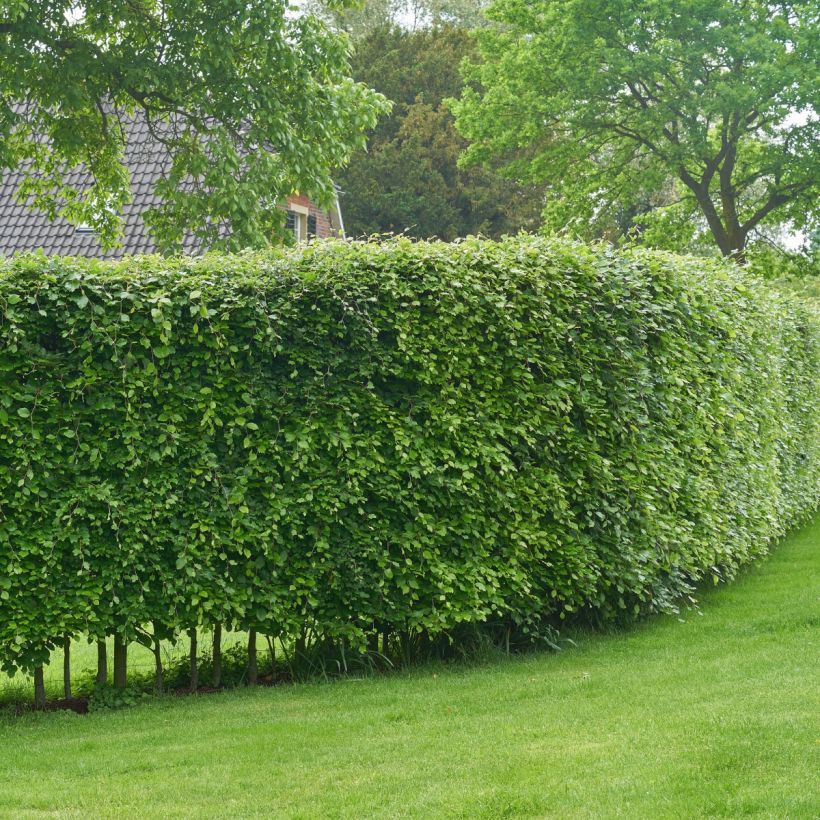

Plant habit
Flowering
Foliage
Safety measures
Botanical data
Carpinus
betulus
Betulaceae
Common Hornbeam
Central Europe
atteinterespiratoire
Cette plante peut entraîner des symptômes allergiques.
Evitez de la planter si vous ou vos proches souffrez de rhinite saisonnière ("rhume des foins").
Davantage d'informations sur https://plantes-risque.info
Other Carpinus - Hornbeam
Planting and care
The Carpinus betulus particularly enjoys cool and semi-shaded areas but can also thrive in non-intense sunlight. Place it sheltered from cold and drying winds in any type of soil as long as it is well-drained, not too dry in summer nor waterlogged or marshy. However, it dislikes acidic and poor soils, clearly preferring fertile and moist clay-limestone soils. The Common Hornbeam withstands cold and heat well, but cannot tolerate summer heatwaves. It thrives in a continental climate, cold in winter, hot in summer. It may be prone to coral disease and can be invaded by caterpillars and aphids.
Planting period
Intended location
Care
-
, onOrder confirmed
Reply from on Promesse de fleurs
Hedge shrubs
Haven't found what you were looking for?
Hardiness is the lowest winter temperature a plant can endure without suffering serious damage or even dying. However, hardiness is affected by location (a sheltered area, such as a patio), protection (winter cover) and soil type (hardiness is improved by well-drained soil).

Photo Sharing Terms & Conditions
In order to encourage gardeners to interact and share their experiences, Promesse de fleurs offers various media enabling content to be uploaded onto its Site - in particular via the ‘Photo sharing’ module.
The User agrees to refrain from:
- Posting any content that is illegal, prejudicial, insulting, racist, inciteful to hatred, revisionist, contrary to public decency, that infringes on privacy or on the privacy rights of third parties, in particular the publicity rights of persons and goods, intellectual property rights, or the right to privacy.
- Submitting content on behalf of a third party;
- Impersonate the identity of a third party and/or publish any personal information about a third party;
In general, the User undertakes to refrain from any unethical behaviour.
All Content (in particular text, comments, files, images, photos, videos, creative works, etc.), which may be subject to property or intellectual property rights, image or other private rights, shall remain the property of the User, subject to the limited rights granted by the terms of the licence granted by Promesse de fleurs as stated below. Users are at liberty to publish or not to publish such Content on the Site, notably via the ‘Photo Sharing’ facility, and accept that this Content shall be made public and freely accessible, notably on the Internet.
Users further acknowledge, undertake to have ,and guarantee that they hold all necessary rights and permissions to publish such material on the Site, in particular with regard to the legislation in force pertaining to any privacy, property, intellectual property, image, or contractual rights, or rights of any other nature. By publishing such Content on the Site, Users acknowledge accepting full liability as publishers of the Content within the meaning of the law, and grant Promesse de fleurs, free of charge, an inclusive, worldwide licence for the said Content for the entire duration of its publication, including all reproduction, representation, up/downloading, displaying, performing, transmission, and storage rights.
Users also grant permission for their name to be linked to the Content and accept that this link may not always be made available.
By engaging in posting material, Users consent to their Content becoming automatically accessible on the Internet, in particular on other sites and/or blogs and/or web pages of the Promesse de fleurs site, including in particular social pages and the Promesse de fleurs catalogue.
Users may secure the removal of entrusted content free of charge by issuing a simple request via our contact form.
The flowering period indicated on our website applies to countries and regions located in USDA zone 8 (France, the United Kingdom, Ireland, the Netherlands, etc.)
It will vary according to where you live:
- In zones 9 to 10 (Italy, Spain, Greece, etc.), flowering will occur about 2 to 4 weeks earlier.
- In zones 6 to 7 (Germany, Poland, Slovenia, and lower mountainous regions), flowering will be delayed by 2 to 3 weeks.
- In zone 5 (Central Europe, Scandinavia), blooming will be delayed by 3 to 5 weeks.
In temperate climates, pruning of spring-flowering shrubs (forsythia, spireas, etc.) should be done just after flowering.
Pruning of summer-flowering shrubs (Indian Lilac, Perovskia, etc.) can be done in winter or spring.
In cold regions as well as with frost-sensitive plants, avoid pruning too early when severe frosts may still occur.
The planting period indicated on our website applies to countries and regions located in USDA zone 8 (France, United Kingdom, Ireland, Netherlands).
It will vary according to where you live:
- In Mediterranean zones (Marseille, Madrid, Milan, etc.), autumn and winter are the best planting periods.
- In continental zones (Strasbourg, Munich, Vienna, etc.), delay planting by 2 to 3 weeks in spring and bring it forward by 2 to 4 weeks in autumn.
- In mountainous regions (the Alps, Pyrenees, Carpathians, etc.), it is best to plant in late spring (May-June) or late summer (August-September).
The harvesting period indicated on our website applies to countries and regions in USDA zone 8 (France, England, Ireland, the Netherlands).
In colder areas (Scandinavia, Poland, Austria...) fruit and vegetable harvests are likely to be delayed by 3-4 weeks.
In warmer areas (Italy, Spain, Greece, etc.), harvesting will probably take place earlier, depending on weather conditions.
The sowing periods indicated on our website apply to countries and regions within USDA Zone 8 (France, UK, Ireland, Netherlands).
In colder areas (Scandinavia, Poland, Austria...), delay any outdoor sowing by 3-4 weeks, or sow under glass.
In warmer climes (Italy, Spain, Greece, etc.), bring outdoor sowing forward by a few weeks.

































